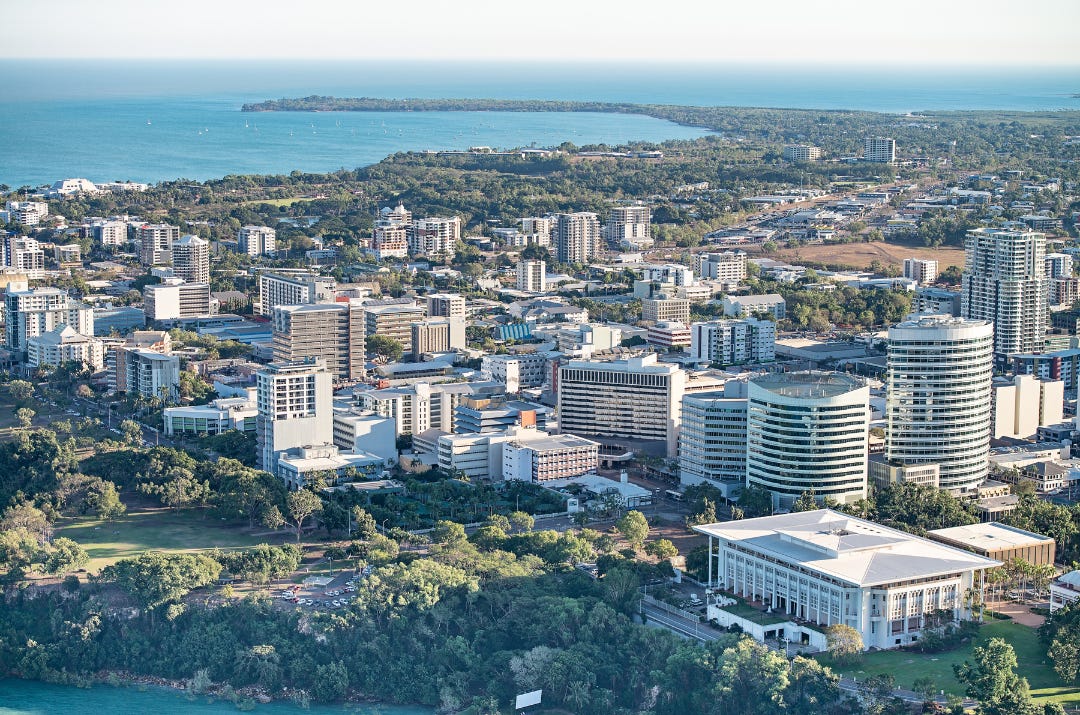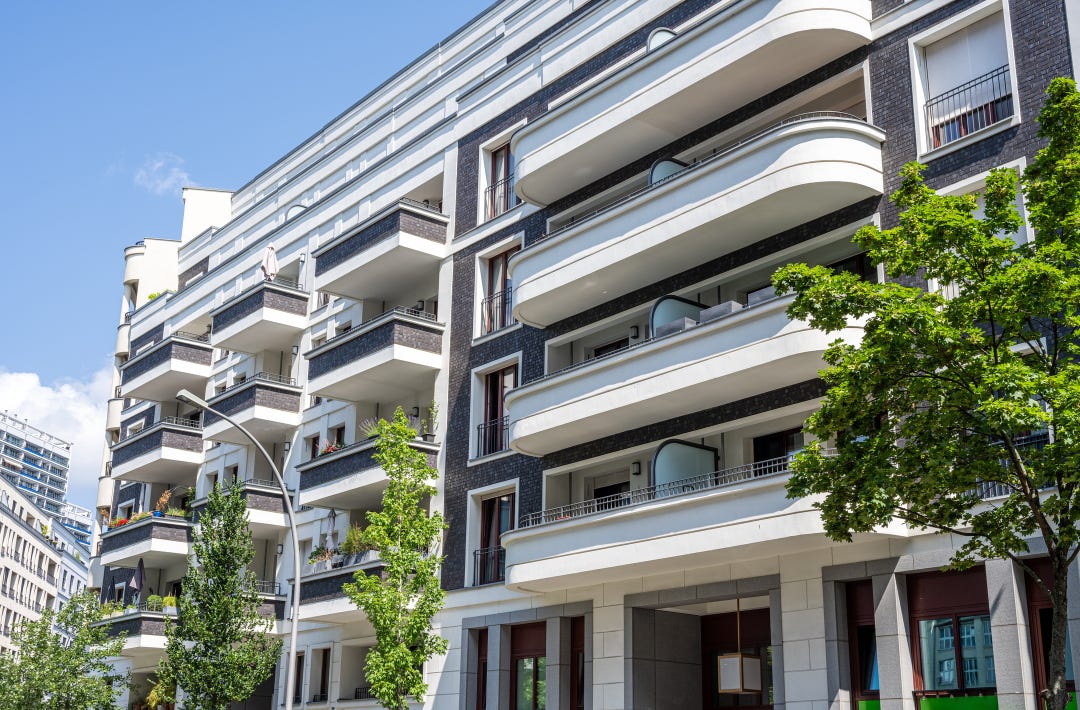Groundswell Property Market Insights
Prices Pass $1M, First Home Buyers Surge, and Unit Growth Surprises: Key Insights as at 21 June 2025
Welcome to this week’s edition of Groundswell Property’s Market Insights, where we cut through the media noise and deliver real, data-driven updates on Australia’s ever-changing property market.
This week’s update captures a series of significant shifts in the Australian property landscape — from the symbolic rise of the national average dwelling price past $1 million, to surprising unit price growth, and a fresh wave of activity from first home buyers.
Here’s what’s making headlines and what it means for investors, owner-occupiers, and buyers on the sidelines:
Key Insights:
The average Australian dwelling is now worth over $1 million, with Queensland and the ACT not far behind NSW.
First home buyer lending is up significantly, driven by government incentives and rising confidence.
National vacancy rates dipped, but the rental market remains extremely tight — especially in Darwin, Hobart, and Perth.
Apartments are outperforming houses in most capital cities, challenging long-held beliefs about land value dominance.
Market growth is levelling out across the capitals, with the narrowest gap in performance seen in over four years.
Average Property $1M
The average dwelling price in Australia has passed the $1 million mark for the first time ever.
New Australian Bureau of Statistics (ABS) figures for the March 2025 quarter also show the total value of residential real estate in Australia rose by $130.7 billion during the quarter.
While the majority of experts use median price or median value data when analysing the market, the ABS has used the mean, or average price, which rose by $6900 to $1,002,500.
ABS head of finance statistics, Dr Mish Tan, says Western Australia, South Australia and Queensland are the main drivers of the rise, with Queensland reaching the second-highest mean price ($944,700) in Australia, behind New South Wales ($1.245,900).
Cameron Kusher of Oz Property Insights says while New South Wales is the only state or territory in which the average dwelling price is above $1 million, both Queensland and the ACT ($941,300) are getting closer.
Analysis by PropTrack shows that in 2025, there were 1,073 suburbs in Australia with $1 million or higher medians.
FHB Activity Up
First home buyer activity is ramping up with new data from National Australia Bank showing lending to first timers is up 16%.
According to the bank lending data as a whole is up 32% between February and April.
Australian Bureau of Statistics, May 2025 lending data says FHB borrowed $15.4 billion in the March quarter, which is a 6.2% increase on the previous year.
NAB data shows Victoria had the biggest increase in applications for loans from FHBs between February and April, with activity up by 28%. Western Australia followed, up 22% and Queensland, up 21%.
NAB executive for home lending, Denton Pugh, says government assistance such as the Home Guarantee Scheme and first home buyers grants as well as stamp duty rebates, are helping some FHBs make the move.
According to Westpac analysis, almost one in six potential FHBs have saved enough cash to buy a property under the 5% deposit Home Guarantee Scheme.
It says 15% of 25 to 34-year-olds who do not have a mortgage have saved at least $41,000.
Vacancy Rates Drop Just A Little
National vacancy rates fell in May, although the drop was so small that many will notice no difference in the tight rental market.
SQM Research data shows vacancy rates fell from 1.3% in April to 1.2% in May.
This equates to an additional 2,238 properties being offered for rent across the country.
SQM Research managing director Louis Christopher says the latest figures show Darwin has the tightest vacancy rate in Australia of just 0.5%, followed by Hobart (0.6%), Perth (0.7%), Adelaide (0.8%), Brisbane (0.9%), Sydney and Canberra (both 1.5%) and Melbourne 1.7%.
He says the rental growth remains steady but continues to be elevated given the shortage of properties for rent.
“We are likely to have ongoing elevated rents for a long period of time, until we have equilibrium between tenancy demand and rental supply. That’s not likely to happen until such time as we see a slowdown in population rate and a meaningful increase in new dwelling completions.”
Units Outpace Houses
Price growth in more than 60% of capital city apartment markets has outpaced or matched that of houses over the past 12 months.
Analysis by Hotspotting for Nuestar shows that in the 12 months to May, 62.9% of capital city apartment markets performed better than their freestanding house counterparts.
Nuestar founder, Michael Wilkins, says the data shows a shift in the Australian property market, challenging the longstanding real estate belief that houses are better value than units.
“The common view is that the real money is in land, not apartments. However, that’s not our experience,” he says.
“With lifestyle benefits, lower costs, and outstanding locations, apartments are fast becoming the preferred choice for both homeowners and investors.”
The Brisbane apartment market led the charge with 76.3% of its units recording higher growth than houses over the year. In Perth, 75% of apartment markets outperformed, 71.4% in Sydney, Adelaide 60% and Hobart 57.1%.
Wilkins says that the unit market continues to grow nationwide and offers good investment opportunities.
Growth Evens Out
While generally it’s been the case in the past few years that one capital city property market seems to take off and leave the others behind, new figures show the pace of growth is now starting to even out.
Cotality says property price growth rates across Australia’s capital cities have tightened to the narrowest range in more than four years.
In May, the difference between the highest and lowest annual growth rates was just 9.8% with both Perth and Adelaide dwelling values up 8.6% and Melbourne down 1.2%. The differential in August between the highest growth and lowest growth was 26.1%.
Cotality Research Director Tim Lawless says the data signals a changing dynamic in Australia’s housing market.
“The convergence of growth rates is attributable to the pace of capital gains slowing across the mid-sized capitals while previously soft markets like Melbourne, ACT and Hobart move back into a positive growth position,” he says.
“Growth across Perth, Adelaide and Brisbane has slowed amid worsening affordability constraints, reduced interstate migration, and a drop in investment demand.”
Key Takeaways:
Australia’s property market continues to evolve — and this week’s insights make one thing clear: smart investors are adapting.
We’ve now officially crossed the psychological milestone of a $1 million average dwelling value. That’s not just a headline — it reflects shifting demand, rising costs, and increasing urgency for buyers to act strategically, not emotionally.
At the same time, the resurgence in first home buyer activity, driven by incentives and rising confidence, is adding new pressure to entry-level markets. If you're competing in this space, expect more urgency and less room for error.
Meanwhile, apartments — once considered the underdog — are outperforming houses in many major markets. For investors priced out of freestanding homes, well-located units are emerging as a viable and potentially superior alternative.
Rental markets remain tight. Vacancy rates are still hovering at crisis levels in many cities, and elevated rents are here to stay — good news for yield-focused investors, but a challenge for renters.
And for the first time in years, we’re seeing capital city growth rates converge. That could signal the start of a more balanced national market, where opportunities exist across multiple cities rather than being concentrated in one or two hotspots.
🧠 Key Takeaways:
$1 million average dwelling prices mark a new chapter in national affordability and market expectations.
First home buyers are back — and they’re more cashed up than before.
Units are finally shaking their second-tier status and outperforming houses in many capitals.
National growth is evening out — creating more widespread investment opportunities.
Rent markets are staying tight — meaning strong returns are still on the table for landlords.
Ready to make 2025 the year you realise your potential as an investor?
🎯 Book your complimentary discovery call with our expert team using the link below. Gain confidence, get clarity, and secure your own plan for success.
Tom Haigh
Director & Licensed Buyers Agent
Groundswell Property - a decade of trusted advice
tom@groundswellproperty.net
0439754475








